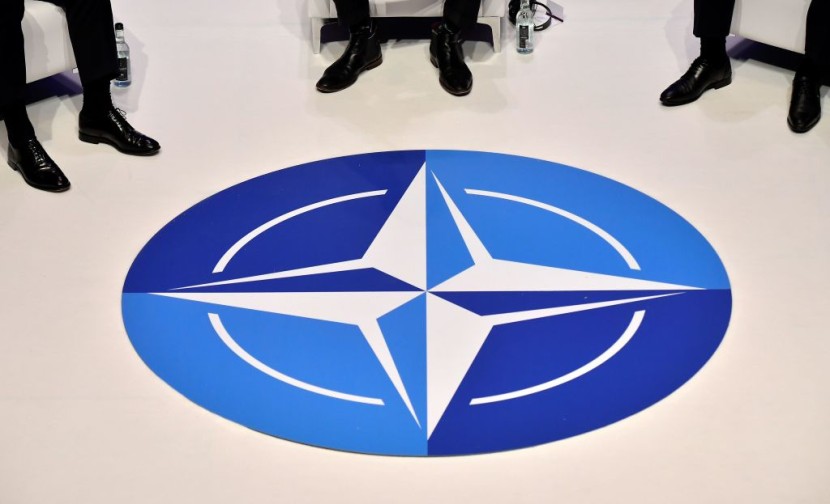
The North Atlantic Treaty Organization, more commonly known as NATO, which is currently one of the possible reasons for Russia's invasion of Ukraine, was created in 1949, but for what reason?
Several countries banded together to form the treaty, including the United States, Canada, and many other Western European nations. The group was made in an attempt to provide collective security against the Soviet Union, which was dominated by Russia.
History of NATO
NATO became the first-ever peacetime military alliance that the United States has chosen to be a part of the outside of the Western Hemisphere. European nations struggled after the destruction brought by the Second World War to rebuild their economies and ensure the safety of their people.
The U.S. required a massive influx of international support for the war-torn landscapes to re-establish industries and produce food for citizens. On the other hand, European countries needed assurances against a resurgent Germany or incursions from the Soviet Union into its territory, as per the U.S. State Department.
But the origins of NATO actually date back to 1947, two years before the treaty was officially created by several nations. It was the time when the United Kingdom and France signed the Treaty of Dunkirk as an alliance in order to fight back the eventuality of a German attack in the aftermath of the war.
Originally, there were 12 founding members, which include the two nations mentioned above but also the UK, Belgium, Denmark, France, Iceland, Italy, Luxembourg, the Netherlands, Norway, and Portugal. A couple of years later, four more countries joined the treaty, namely Greece, Turkey, Germany, and Spain.
According to DW News, in article 5 of the charter, the collective defense clause said that the involved parties agreed that an armed attack against one or more of them in Europe or North America shall be considered an attack against them all. Since then, article 5 has only been invoked by the U.S. once, in the wake of the 9/11 terrorist attacks in 2001.
Members States of the Treaty
In response to the treaty, the Soviet Union created its own military alliance with seven other Eastern European communist states, leading to the birth of the Warsaw Pact in 1955. However, with the fall of the Berlin Wall and the chaos that ensued in 1991, a new post-Cold War security order was made in Europe.
The situation resulted in many Warsaw Pact members switching sides and becoming a part of NATO instead. In 1999, Visegrad Group members Hungary, Poland, and the Czech Republic switched sides. Bulgaria, Estonia, Latvia, Lithuania, Romania, Slovakia, and Slovenia, which make up the so-called Vilnius Group, were admitted into the treaty in 2004.
At the beginning of the 21st century, Russia and NATO formed a strategic relationship with each other. Moscow used its power and reputation to cement a new cooperative bond with the Treat in 2001 to address common concerns such as international terrorism, nuclear nonproliferation, and arms control. The bond was subsequently subject to fraying, primarily due to many reasons that were associated with Russian domestic politics, as per Britannica.
Related Article: Vladimir Putin Says Russia Will Do Anything to Protect Itself Against NATO, Ukraine Aggression
© 2025 HNGN, All rights reserved. Do not reproduce without permission.








